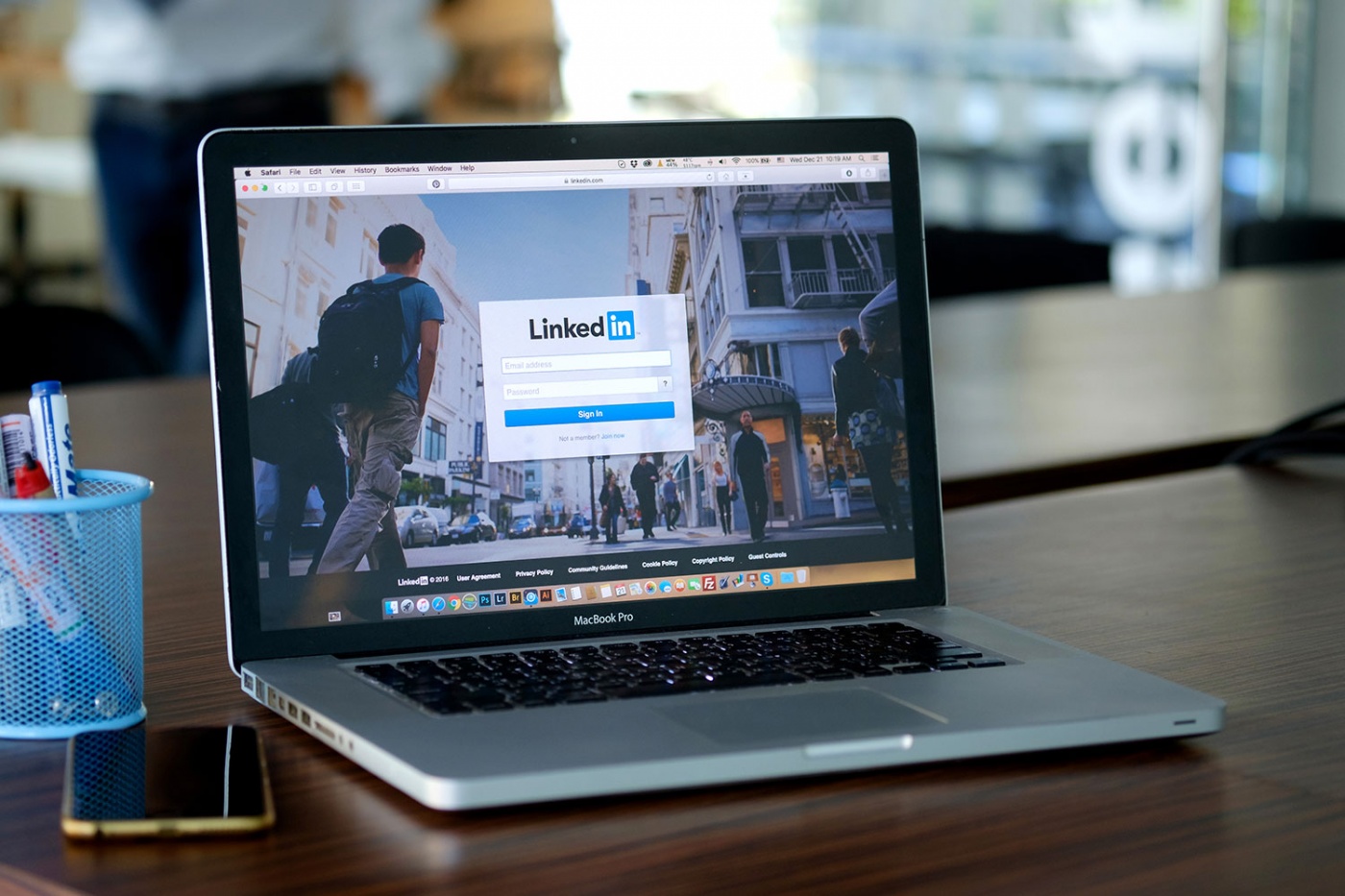Navigating LinkedIn: 10 Essential Dos and Don’ts
You’re sitting on a pot of gold, a massive pool of untapped potential, as an inactive LinkedIn user. Unable to crack the code of this professional networking site, you give up and neglect your unimpressive profile, relying on traditional job boards and networking events to expand your circle. On the other end of the platform, your rivals are acing the LinkedIn game and landing more opportunities than they could ever hope for.
With just a stellar profile, you’ve already won half the battle. Intrigued by your unique portfolio and personal brand, potential employers and collaborators will be the ones to approach you, instead of the other way round. Meeting new people won’t be as awkward anymore either, with everything taking place online. Still, it’s easy to get it wrong and end up missing all these perks and opportunities. Here’s a primer to help you navigate the world of LinkedIn and capitalise on the platform to advance your career.
Dos
1. Do differentiate yourself with a witty headline, but don’t overdo it and come off as a try-hard. If you’re known for being an individual of significance at a company (for instance, you’re the CEO of a Fortune 500 firm), stick to your traditional designation for your headline. Otherwise, you could invent a tagline that succinctly describes who you are and what you offer. “Cut me and I’ll bleed content” for a content producer is a fairly memorable option, but try not to plagiarise.
2. Do personalise your messages when you’re trying to make a new connection, especially if you haven’t met them in person. You’ll less likely be rebuffed. Without a message, the request might be seen as thoughtless spam or a blind invitation. An easy way to score an acceptance is through professional compliments, tailored with specific details that reference the person’s profile or career. Something along the lines of, “I came across your profile and was very impressed with how quickly you’ve progressed in your legal career at company XYZ. I’d love to connect, and work with you one day.”
3. Do be proactive when it comes to requesting for a recommendation. It takes a bit of guts, but there’s absolutely no shame in asking for a recommendation from your ex-bosses (as well as your current ones) to add value to your LinkedIn profile. Most of the time, they’ll say yes too. Ask and you shall receive. Having your superiors vouch for you in such a public way is sure to set you apart from other candidates when you’re on the job hunt.
4. Do pepper a bit of the personal into the professional. Rather than a stiff, strictly business-only profile, treat your network to anecdotes and tidbits about your personal life, applying the 80-20 rule. Use 20% of your profile to mention unique facts about yourself that has nothing to do with your career. Do you have any special skills? Can you play an instrument? Do you engage in volunteer work? But keep it interesting, not arbitrary. No one needs to know what your favourite colour is.
5. Do engage with your network by liking, commenting and sharing their posts to remind them that you exist. Participate in groups, related to your industry, and contribute to group conversations online. Alternatively, start a dialogue of your own, and create your own content on a regular basis. And as always, quality trumps quantity.
Don’ts
1. Don’t use the platform to tout products and services. The quickest way to lose a connection or silence a conversation is to approach a stranger with a, “Hey, good day. Are you interested in LED grow lights?”
2. Don’t be the guy who’s too cool for a profile picture or a personal summary. Unless you’re at the top of your field with a solid and unquestionable reputation, you should populate your LinkedIn profile with a good deal of information. Basic components, such as a brief biography, a cover image, a profile picture, and descriptions of your past and present roles, should not be ignored, lest your network does the same to you.
3. Don’t use a shoddy selfie for your profile picture. Pixelated narcissism does not translate well on a professional platform like LinkedIn. Leave a better first impression with a clear, high-definition shot of yourself in action. To show more personality, opt for a candid studio-shot image.
4. Don’t go overboard with verbosity, and oversell yourself with flowery language that seems to say a lot, yet reveal nothing. It might be tempting to load your profile with buzzwords that at times veer towards the ludicrous, such as “marketing ninja”, but your best bet would be to keep things simple and digestible. People tend not to remember what they can’t understand.
5. Don’t write about yourself in the third person. It’s painfully obvious and far too impersonal. Your LinkedIn profile wasn’t put together by a recruitment agency. There is no middle man. You’re speaking directly to your viewers through your profile. If you can’t imagine writing about yourself in the third person on casual platforms like Facebook and Instagram, there’s no reason why you should start now.


